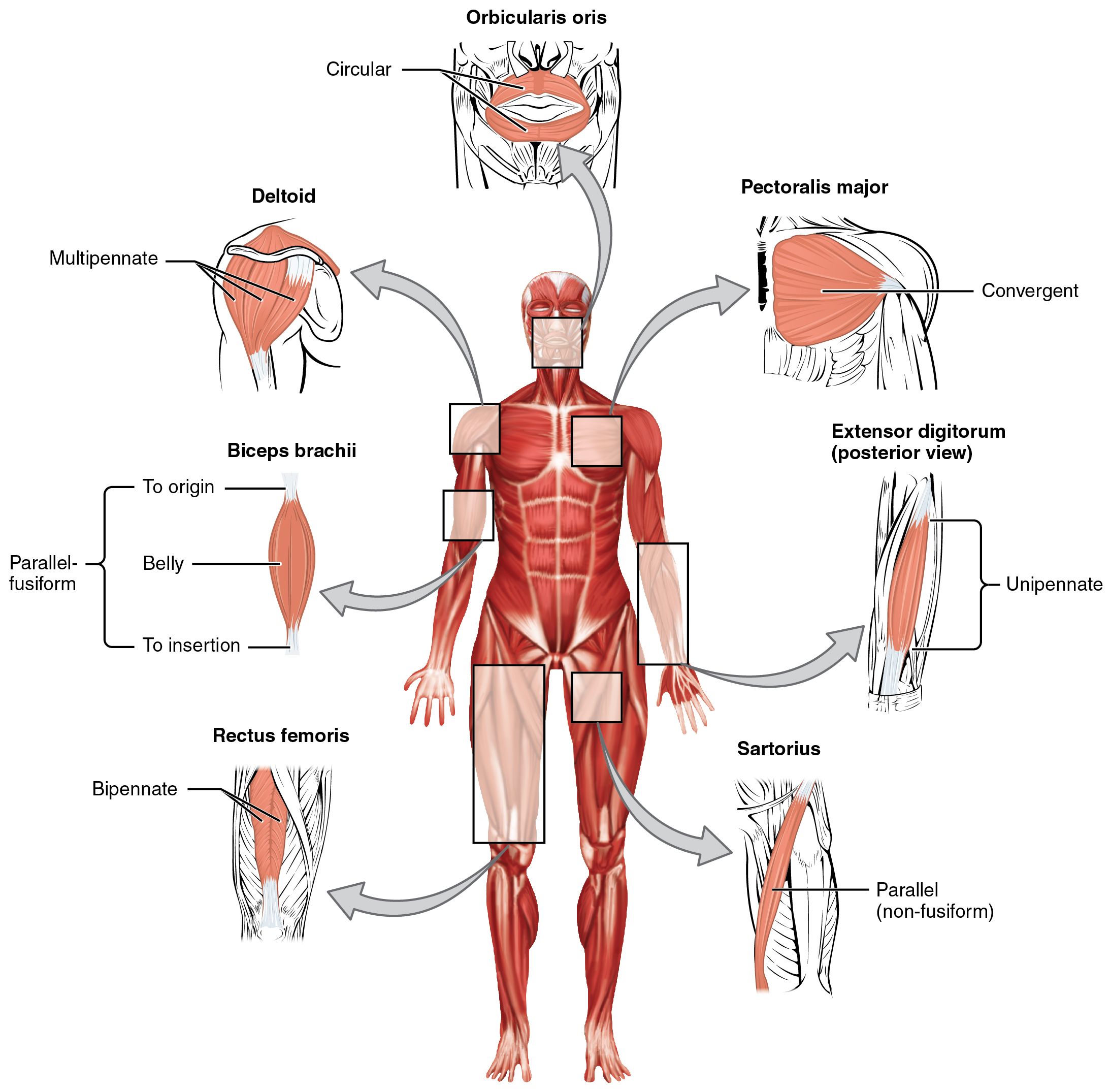Playlist
Show Playlist
Hide Playlist
Muscle Tissue: Introduction
-
Slides 06 Types of Tissues Meyer.pdf
-
Reference List Histology.pdf
-
Download Lecture Overview
00:01 In this lecture, I am going to talk about the structure and function of muscle tissue. 00:09 Now muscle tissue is specialized for movement. Many cells in the body can move and I have mentioned before during connective tissue descriptions that a lot of wandering cells from the blood move through connective tissue. So they can move because they have contractile proteins within them, but movement is not their specific function. Their function is to undergo surveillance in tissues and look for foreign antigens and pathogens. 00:43 But muscle tissue is specifically designed for movement. When we go through this lecture, I am going to explain how to distinguish between skeletal muscle, cardiac muscle and smooth muscle. 00:59 And in doing so, I am also going to explain that each of these three different types of muscle are innervated in different ways. In other words, different stimuli cause them to contract. 01:14 It is also important to understand how muscle particularly skeletal muscle is wrapped up or covered, supported by connective tissue. Most of this lecture really talks about skeletal muscle because, in subsequent lectures, I will then emphasize the structure and function of smooth muscle and also cardiac muscle. When we look at skeletal muscle, there are different sorts of fibre types and it is important that you understand each of those fibre types and their function, their special role. One of the basic components of skeletal muscle is the sarcomere. It is the functional unit of contraction and it is very important to understand the structure of that as well, although a lot of the structure and function of the sarcomere is at the molecular level. And therefore it is really a very physiological description that is needed. I am going to emphasize mostly the structural appearance of the sacromere. I am going to also explain to you how the nerve fibre or nerve axon comes down and associates itself with each skeletal muscle fibre. And I am also going to talk about the fact that skeletal muscle is really a receptor organ as well. It gives information about our position in space, our movement. Well, let's just summarize the structure of muscle tissue. 02:59 As I said earlier, its role is to contract or relax. Skeletal muscle specifically is involved with moving our limbs and our body parts. Smooth muscle really changes the dimensions of internal organs. For instance, the gut tube moves food and undigested products along the gut tube. It changes the dimensions of blood vessels and therefore, can alter the flow of blood to different organs. And cardiac muscle is our pump. It pumps blood through the chambers of the heart into the major blood vessel, the aorta and the pulmonary artery.
About the Lecture
The lecture Muscle Tissue: Introduction by Geoffrey Meyer, PhD is from the course Muscle Tissue.
Included Quiz Questions
Which of the following statements regarding skeletal muscle is INCORRECT?
- They are lined by epithelium.
- Their major function is physical movement.
- They are supported by connective tissue.
- The repeating unit between two Z lines is the sarcomere.
- It is a receptor organ.
What is the functional unit of a skeletal muscle?
- Sarcomere
- Myofibril
- Microfilament
- Sarcolemma
- Sarcoplasm
Customer reviews
5,0 of 5 stars
| 5 Stars |
|
1 |
| 4 Stars |
|
0 |
| 3 Stars |
|
0 |
| 2 Stars |
|
0 |
| 1 Star |
|
0 |
Muy interesante la conferencia, sin embargo la traducción de la misma al español es un poco ambigua.




